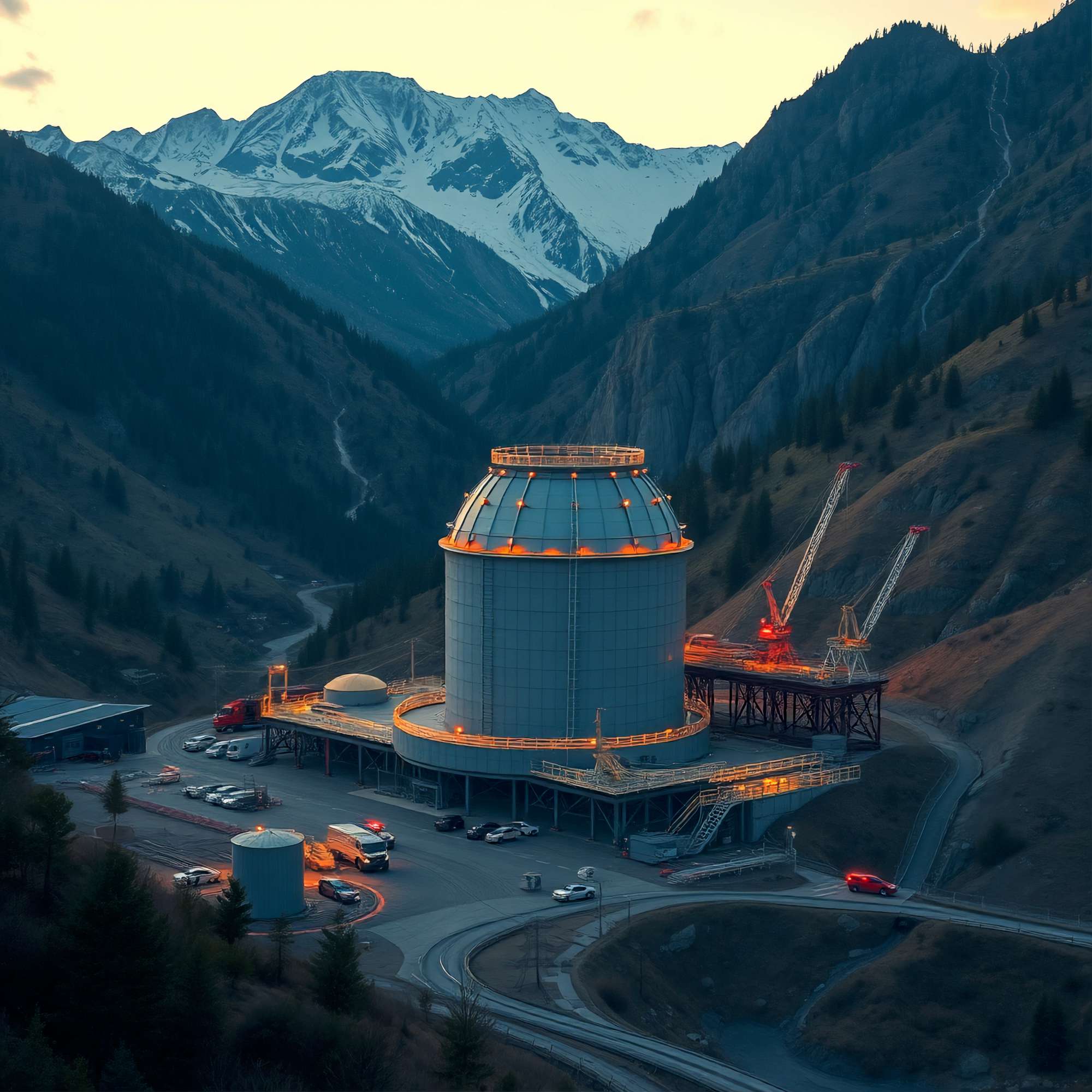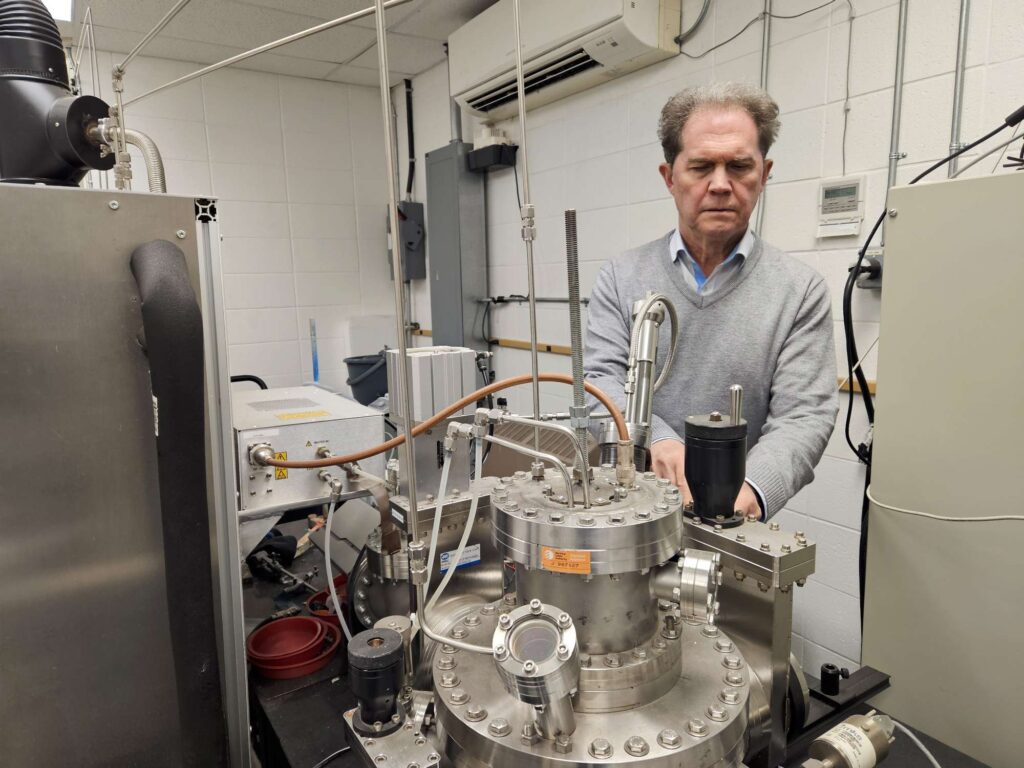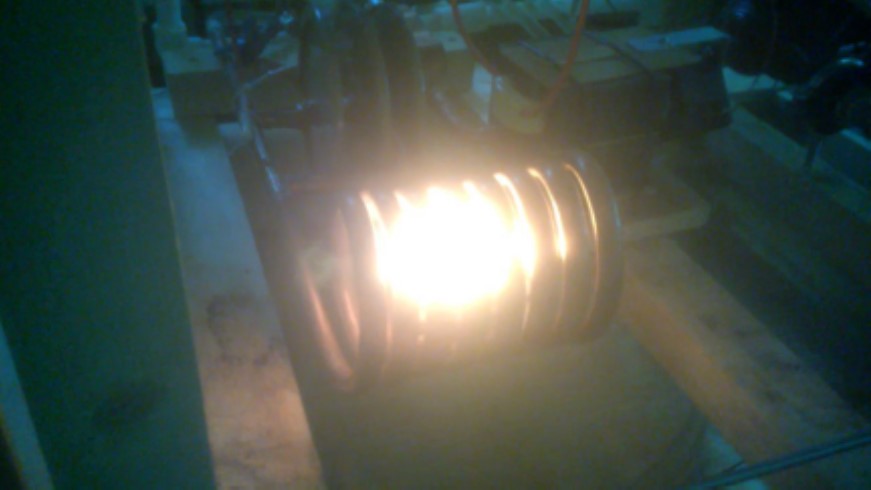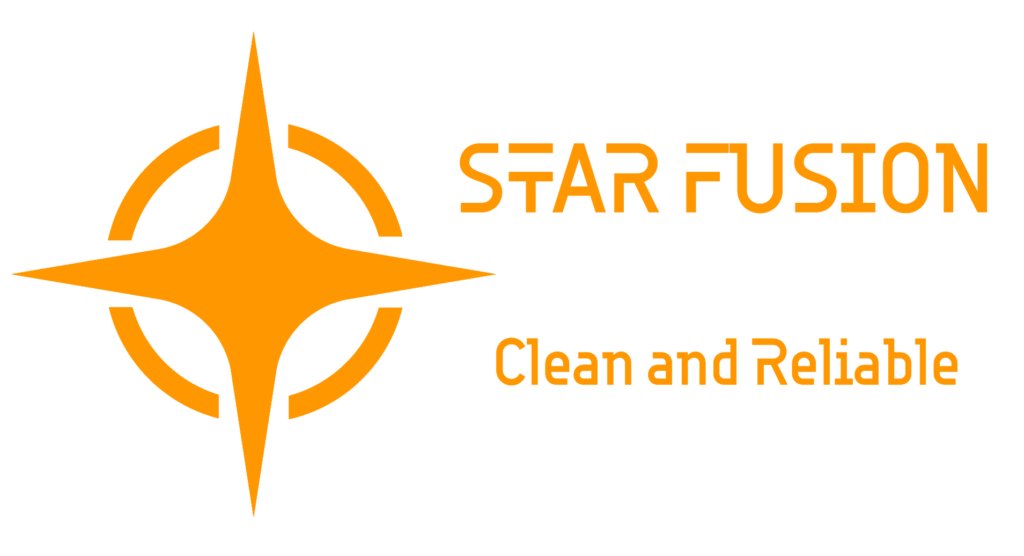

Dr. Alexandrov
Vega 1 – SSE Project
|
Types of achievements |
Dr. Alexandrov |
NIF-LLNL |
| SSE Thermonuclear Fusion | ||
|
Ratio <Output Power>/<Input Power> |
~3.9 – 16 (and greater) |
1.54 |
|
Operational temperature of the active nuclear medium |
650°c – 1200°c |
greater than 3 million °c |
|
Fuel |
Deuterium gas (non-radioactive) |
Deuterium/Tritium gas mixture (tritium is radioactive) |
|
Released radiation |
No radiation release |
No reported data |
|
Radioactive waste |
No radioactive waste |
No reported data |
A comparison between the features of controlled nuclear fusion experiments performed by Dr. Alexandrov (Star Fusion Canada R&D Leader) and National Ignition Facility–Lawrence Livermore National Laboratory (NIF-LLNL) (USA)

Dr. Godin & Dr. Kudriashov
Vega 2 – QHET Project
This thermodynamic systems approach differs from standard solutions in “Solid Stellar Energy”(SSE), when they look for tricks to overcome the Coulomb barrier to force a proton to fuse with the nucleus of some suitable element such as nickel, palladium and copper. Our understanding of the “Solid Stellar Energy”(SSE) mechanism arose due to an analysis of available experimental data obtained by the scientific community over the past 10-15 years, including our own experiments.
“Solid Stellar Energy”(SSE) experimental facts:
- No gamma radiation. Instead of high-energy gamma quanta, we have only soft X-ray quanta with a maximum energy not exceeding 12 keV.
- No neutron radiation. Instead of neutrons, instruments near the “Solid Stellar Energy”(SSE) reactors register some radiation similar to neutrons, but not neutrons.
- The production of additional thermal energy is registered, exceeding the input energy several times.
- The production of new chemical elements, previously absent from the initial components of the reactor working mixtures, is registered too.
- The formation of new chemical elements occurs not only in the reactor vessel itself, but also in the external elements of the structure out of the reactor.
- The “catalytic agent” exits the reactor walls at a distance of up to half a meter, which affects the recording instruments, in particular, scratches in the form of spiral tracks are found on smooth glass or plastic surfaces.
- The following patterns have been identified with respect to the fuel used in reactors:

